In today's increasingly intelligent gait health assessment landscape, two commonly seen gait detection devices on the market—gait assessment instruments and video analysis systems—often leave people confused. Both can "observe how one walks" and are used in rehabilitation, training, and correction scenarios. So, what exactly is the difference between the two? How should you choose the equipment that best suits your needs? This article will give you a detailed explanation.
1. Different technical principles, each with its own advantages in detection
Gait assessment instruments are usually based on plantar pressure sensing systems or 3D motion capture technology. They collect real-time data such as plantar pressure distribution, stride length, step frequency, center of gravity shift, and standing stability through sensing plates, pressure mats, or sensor insoles. This makes them ideal for accurately evaluating the biomechanical performance of both feet in dynamic movement.
In contrast, video analysis systems rely on high-frame-rate cameras to capture the entire gait process. Through software algorithms, they analyze angles of body parts, motion range, and body symmetry. These systems focus more on motion trajectory and postural structure evaluation—such as hip adduction, knee valgus, or upper body swaying—making them suitable for posture monitoring and postural training evaluation.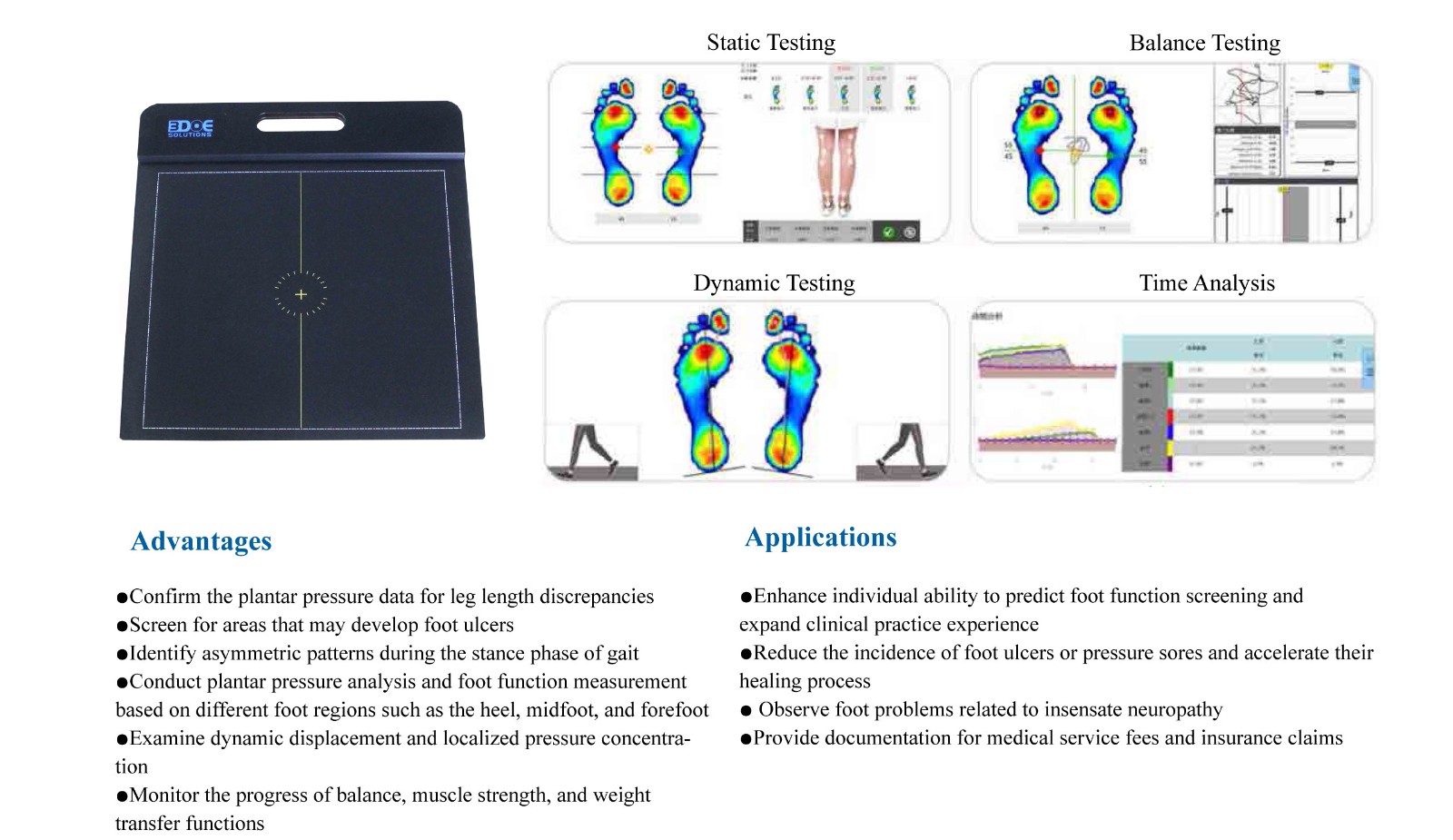
2. Different data output dimensions, with distinct professional focuses
Gait assessment instruments output precise numerical data, such as left-right foot force time differences, arch pressure curves, or uneven stride rhythm indexes. These scientific metrics are highly suitable for medical rehabilitation, post-surgery tracking, insole customization, and elderly fall risk assessment.
Video analysis systems output visual motion trajectories, comparison images, and key joint coordinate changes. These are more appropriate for posture training, sports instruction, yoga therapy, and dance coaching—industries that value visual feedback. Patients or clients can directly “see the problem,” enhancing engagement and comprehension.
3. Different application scenarios, but combined use is ideal
If you're a rehabilitation center, hospital, or foot orthotic clinic and need to accurately assess plantar data and design personalized intervention plans, it’s recommended to prioritize gait assessment instruments, as they offer greater data depth and precision.
If you're a sports training facility, posture training center, gym, or wellness studio, video analysis systems are a better initial choice for clearly demonstrating before-and-after movement changes and improving client interaction and trust.
Of course, more and more institutions are opting to use both systems in combination. For example, using the gait assessment instrument first to gather key metrics like center-of-gravity shifts and pressure distribution, followed by the video system to assist in analyzing movement performance, thus achieving both form-based and data-driven dual evaluation.

 +86-0755-86131192
+86-0755-86131192 2025-06-26
2025-06-26 Back to list
Back to list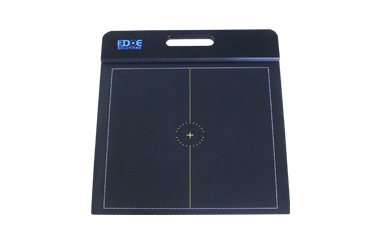
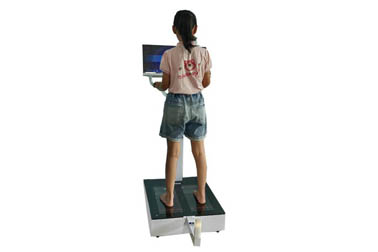
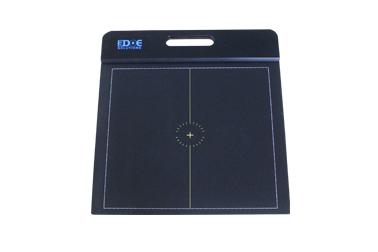
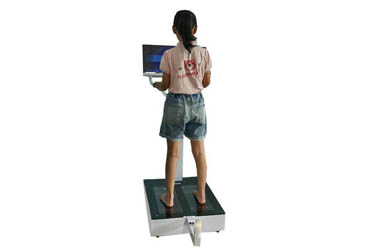
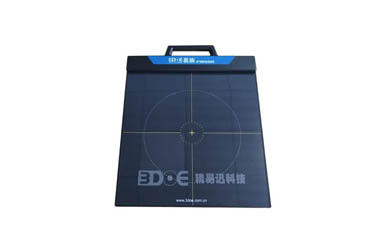
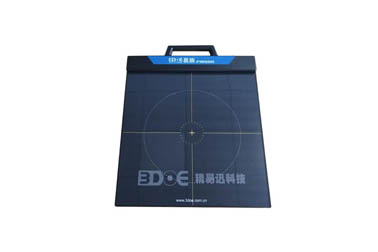



 +86-0755-86131192
+86-0755-86131192